best-gemini-ai-saree-portrait-prompts-for-ultra-realistic-images
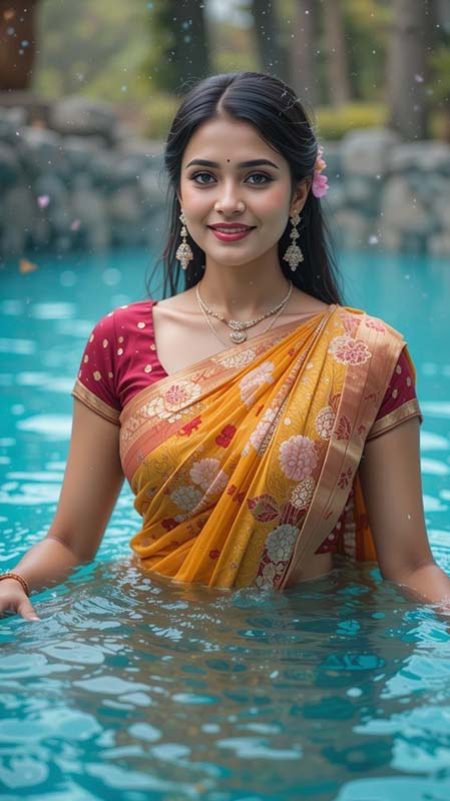
saree-portrait-prompt 1

saree-portrait-prompt 2
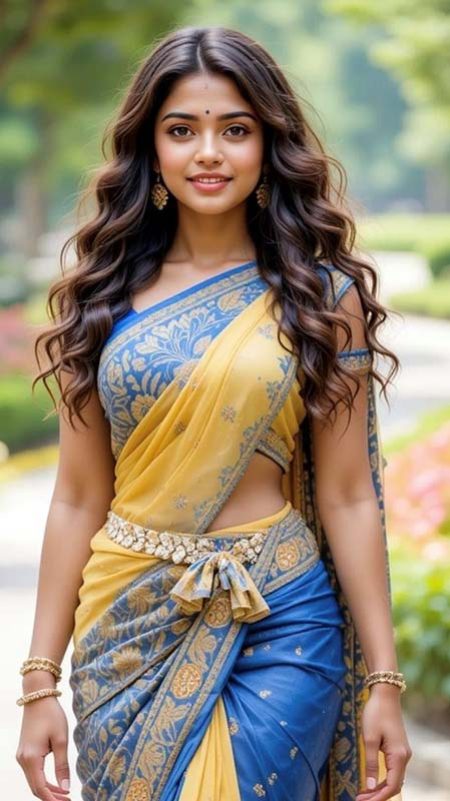
saree-portrait-prompt 3

saree-portrait-prompt 4
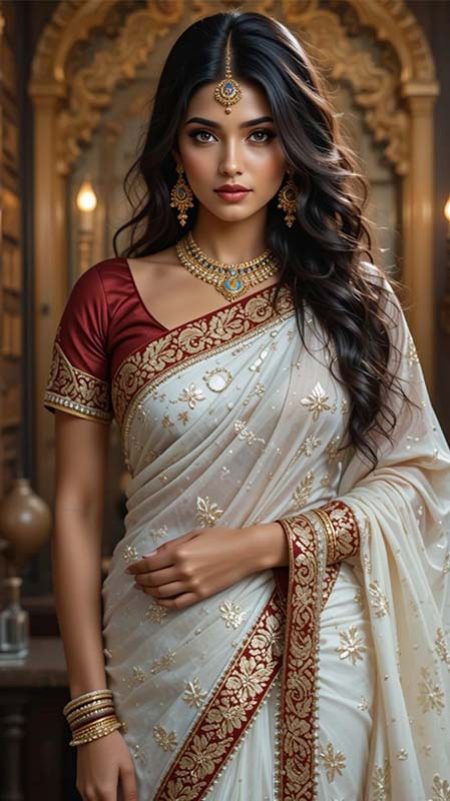
saree-portrait-prompt 5
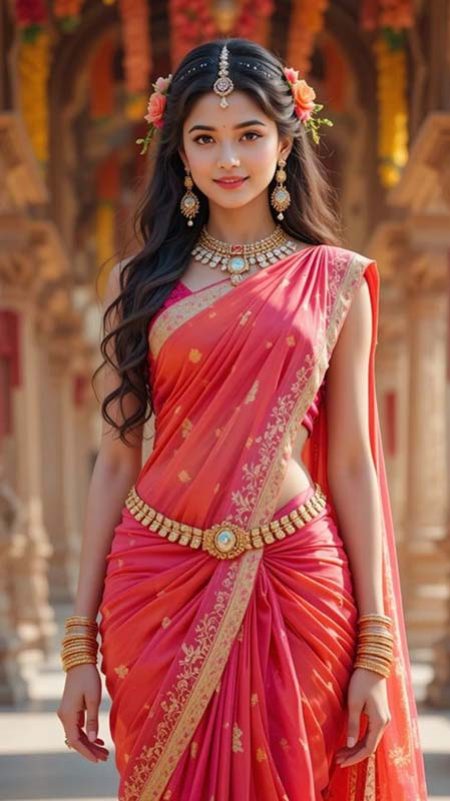
saree-portrait-prompt 6

saree-portrait-prompt 7
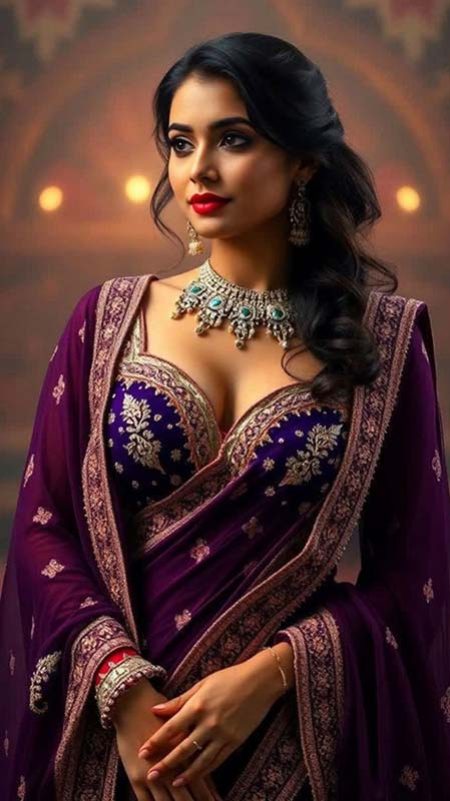
saree-portrait-prompt 8
Introduction
Gemini AI has become a go-to tool for those who want portraits that feel like high-fashion editorials. In “Best Gemini AI Saree Portrait Prompts for Ultra-Realistic Images,” the saree isn’t just clothing—it’s central to mood, lighting, texture, and detail. If you aim to generate images that look like they were captured by a pro photographer, not just AI, then prompt craft matters. In this article we’ll explore what makes those example prompts work so well, how to build your own, and share ideas to push your portraits from impressive to unforgettable.
What makes a portrait ultra-realistic
Ultra-realism isn’t just about sharpness; it’s about subtlety. Skin texture, embroidery clarity, natural light behavior, small shadows, reflection in jewelry, natural fall of fabric—all these tiny details combine. The example prompts in the post often preserve identity (“Use the face from the uploaded photo exactly as it is”), include subtle retouching rather than full-glam filters, describe fabric and border work, and call for cinematic lighting. They also specify “8K”, “photorealistic”, “sharp focus”, which tell Gemini to aim for high resolution and detail. When lighting, posture, texture, and styling work together, the result is much more believable.
Preserving face and identity
A common starting phrase in all top prompts is something like “Use the face from the uploaded photo exactly as it is.” That ensures likeness: facial features, expression, proportions. After that, “subtle retouching” cleans up skin but doesn’t erase personality. If eyes are expressive, you can ask for eye highlights; if hair has texture, you can mention that too. Without this anchor, portraits too often drift generic or lose resemblance. Preserving identity fosters connection: the viewer senses a real person, not a styled mannequin.
Fabric, saree style & drape
The saree style in these examples is richly described: silk or traditional material, bright colors like golden-yellow, coral-pink, or royal purple; embroidered borders, fine motifs, gold threadwork; pleats laid neatly, pallu draped elegantly. Fabric description might include “silk,” “smooth sheen,” “gold embroidery,” “rich border,” “delicate floral motifs.” Drape influences how fabric folds, how light catches edges, how texture shows. If saree has pleats, describe “perfect pleats”; if pallu flows, say “flowing pallu over shoulder” etc. All of that helps AI render realistic fabric behavior and detail.
Jewelry, accessories, adornments
Traditional jewelry is more than decoration—it’s key to realism. The example prompts include jhumka earrings, necklaces with gemstones, maang tittika, bangles, waist belts, small bindis. Accessories should be described for material (gold, gemstones), size (letting the earrings dangle, the choker heavy, etc.), and contrast (jewelry that reflects light, jewelry that shadows or casts gleam). Also hair decoration—flowers, floral accessories—helps. Jewelry adds sparkle and contrast, helping images feel rich and luxurious.
Lighting & environment detail
Lighting turns dress into drama. Ultra-realistic examples call for soft natural lighting, warm ambient glow, cinematic lighting, or perfectly balanced light that brings out texture and contrast without overpowering the scene. Environments often include interiors with fairy light bokeh, heritage palaces with archways, gardens with soft background blur, or pool water reflections. Backgrounds are blurred enough to focus on subject but detailed enough to set mood. When writing prompts, specify “soft natural daylight,” “warm ambient lighting,” “blurred background,” “heritage palace interior,” or “golden hour rays” to guide the atmosphere.
Pose, expression, & styling
Posture and expression make the portrait feel alive. Smiling gently, looking at camera, side gaze, slight turn of torso, hands placed meaningfully (on waist belt, holding part of saree, touching jewelry). Hair either flowing or styled with detail; blouse sleeve style (short sleeves, embroidered sleeves) matters. Makeup style is often elegant, not heavy—glowing skin, rosy blush, eyeliner define eyes, lipstick not too loud unless styled for boldness. Styling includes blouse design, border decoration, waist belts, hair accessories. When all these combine, the image feels curated but not fake.
Color contrast & finishing details
Colors must harmonize. Bright saree colors (yellow, coral, royal purple) often get paired with borders or accessories in gold, emerald, or complementary colors to create contrast. Background color, skin tone, jewelry reflections, blouse color—the balance of these defines visual harmony. Finishing touches include specifying resolution (8K UHD), style (fashion editorial photography, cinematic), sharpness, perfect symmetry, professional color grading. Details like “perfect symmetry” or “sharp focus on eyes” help sharpen output. Also mention “high-detail portrait photography” so that textures (skin pores, fabric weave) are preserved.
Example prompt ideas inspired by the “Best Ultra-Realistic” set
Here are a few you can adapt:
“Use the face from the uploaded photo exactly as it is. Apply subtle retouching to make skin smooth and natural. A beautiful Indian woman wearing a golden-yellow silk saree with floral embroidery and golden-red border, blouse deep maroon decorated with golden motifs. Long black hair adorned with pink flowers behind ear. Traditional gold jhumka earrings, a delicate double-layered necklace, and bangles. Small black bindi on forehead. She is standing in a turquoise blue swimming pool setting, with ripples and reflections, blurred stone walls and trees in soft focus behind. Soft natural daylight, cinematic realism, ultra-photorealistic, 8K, perfect symmetry, highly detailed portrait photography.”
“Use the face from the uploaded photo exactly as it is. Subtle retouching, smooth skin. Ultra-realistic fashion portrait of a young Indian woman in a bright green and pink silk saree with gold embroidery. Matching gold border, blouse with intricate golden motifs. She is wearing heavy traditional gold jewelry: layered necklaces, long jhumkas, bangles, maang tikka. Long wavy black hair flows over shoulder. Background heritage palace interior with arched windows, soft golden light illuminating pleats. Fashion editorial lighting, 8K UHD, hyperrealistic, professional grading.”
“Use the face from the uploaded photo exactly as it is. Subtle retouching, natural lighting. A woman in coral-pink saree with gold embroidery and maroon border. Blouse straps thin, detailed border embroidery. Jewelry with blue gemstone pendant, gold earrings, stacked bangles. Long flowing hair, fresh flowers tucked in. Standing in temple-like entrance with archways, hanging marigold garlands, warm ambient light, cinematic lighting, sharp focus.”
“Use the face from the uploaded photo exactly as it is. Subtle retouching. A woman in off-white silk saree with maroon border and golden floral embroidery. Blouse short sleeves with delicate sleeve borders. Jewelry: gold choker with large gemstone pendant, matching earrings, maang tikka. Her hair is wavy and styled flowing over shoulder. Background softly blurred with palace architecture and warm ambient lighting. Ultra-realistic, 8K, editorial style, perfect symmetry.”
“Use the face from the uploaded photo exactly as it is. Subtle retouching. Ultra-realistic portrait of a young woman wearing a deep royal purple saree with golden embroidery, matching blouse. Jewelry: silver-emerald studded choker, long dangly earrings. Her hair styled in soft waves. She poses gracefully with hands folded, background of royal interior, warm lights, soft depth of field. Cinematic lighting, 8K UHD, high detail.”
Common pitfalls & how to correct them
Often the first generation loses either fabric detail, embroidery clarity, or balance of lighting. Maybe the saree border gets washed out in bright light, or skin becomes too smooth and loses depth. To correct: include “increase embroidery detail,” “preserve border contrast,” “maintain fabric texture,” “soft natural shadows,” “avoid harsh light wash.” If eyes lack sparkle, say “add catch light in eyes”. If background distracts, ask for “background blur” or “reduce background brightness.” Small tweaks make big difference.
Why ultra-realistic saree portraits captivate
They feel special. When an image looks like it was created in a high-end photo studio—with careful lighting, accurate texture, perfect fabric drape—it draws attention. For sarees, which have cultural weight, luxury fabric, embroidery, embellishment—ultra realism respects those qualities. Such images are visually rich and shareable. On GadgetPouch, where audience appreciates aesthetics plus craftsmanship, they elevate content. They show not just what’s possible with AI, but how deeply you can push beauty, texture, culture.
Ethical & cultural thoughtful note
When dealing with traditional attire and cultural symbols, stay authentic. Use accurate terms for saree styles, embroidery types, jewelry styles. If using sacred or symbolic ornaments, be respectful in portrayal. Always preserve subject’s identity if using a reference photo. If depiction is stylized or fictional, it’s fine—but transparency (“AI-assisted”, “mockup”) helps. Also consider diversity—skin tones, backgrounds, cultural contexts—to make visuals inclusive and meaningful.
Wrapping up & next steps
If you want to produce ultra-realistic saree portraits with Gemini, start with identity, build from details: fabric, border, jewelry, accessories, lighting. Combine high resolution and style tags. Test different light settings and drape styles. Use the example prompts above, adapt them to your subject, mood, and aesthetic. Keep refining until the image feels alive. The more you push details, ask for texture, color fidelity, fabric behavior, the more Gemini will deliver images that look like photo-studio magic. Try one now, and let your saree portraits shine.
